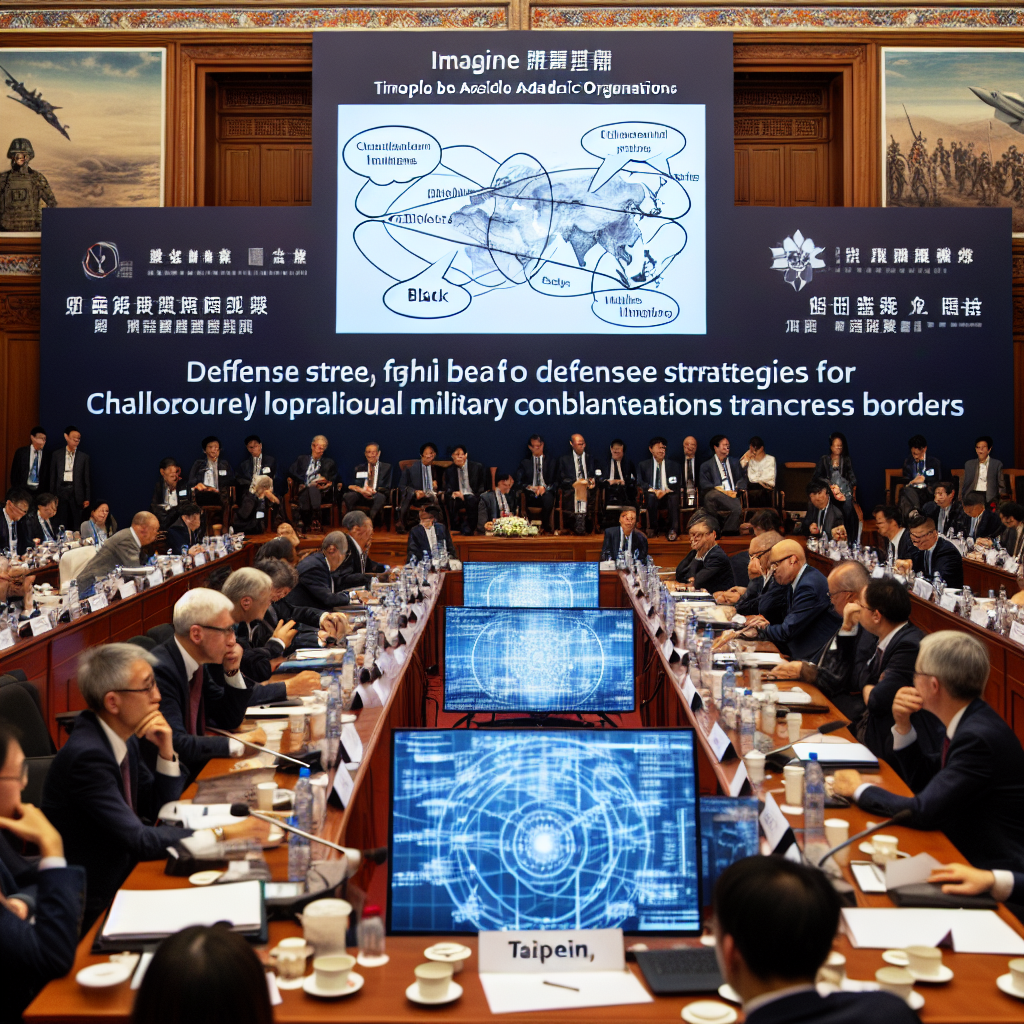Recently in Taipei, Taiwan, various organizations including the Taipei Institute of Political Economy Foundation held an event called “Taiwan Strait Defense Force Push,” with the assumption that the Chinese Communist Party (CCP) would use military force against Taiwan in 2030. Experts shared their views and analyzed the potential for a CCP attack on Taiwan, urging Taiwan to enhance its defense capabilities.
Peng Jieshen, a former naval marine instructor and lecturer at the Thunder God Consulting Company, stated that the recent war game simulation conducted by the Taipei Institute of Political Economy Foundation and other groups regarding a CCP attack on Taiwan in 2030 aimed not at determining the outcome of the confrontation, but rather at exploring and predicting possible tactics and attack patterns the CCP might employ. By examining the weaknesses of the opponent and defensive strategies proposed by the defending side during the simulation, the Taiwanese military can better prepare to counter a potential CCP attack.
Peng, a retired marine corps officer, highlighted the CCP’s expertise in guerrilla warfare and emphasized the importance of analyzing the CCP’s tactical approach, as they are unlikely to underestimate the strategic deployment of Taiwanese forces in northern Taiwan in the event of an attack.
The simulation did not include direct support from the US and Japan to the Taiwanese military. However, Peng emphasized that the CCP’s military doctrine prioritizes “strategic contempt for the enemy and tactical extreme focus on the enemy,” suggesting that the CCP would not engage in a direct heavy assault on northern Taiwan due to several reasons.
Firstly, Taiwan has 50% of its heavy troops and advanced weapons deployed in the central region of northern Taiwan. Secondly, the CCP would face significant challenges in conducting a naval landing operation to attack Taiwan, especially given the complexities and dangers of crossing the strait compared to historical amphibious landings. Thirdly, despite the CCP’s growing military capabilities, the US and its allies like Japan, Korea, the Philippines, Thailand, Australia, and India have enhanced their regional defense cooperation to counter CCP aggression, with a particular focus on the US’s long-range precision strike capabilities and combat experience.
Peng concluded that based on the CCP’s military strategy and the geopolitical landscape, a full-scale frontal assault on northern Taiwan seems unlikely. However, he did not rule out the possibility of small-scale targeted operations, such as reports of CCP replicating Taiwan’s urban infrastructure in Inner Mongolia, with the presidential office being a potential target for attack.
Looking ahead to 2030, Peng predicted that even if the CCP’s new aircraft carrier, the Fujian, and a fourth carrier were commissioned, the challenges of a traditional military landing operation on Taiwan’s east coast would remain significant. He outlined reasons such as the limitations of the CCP’s current aircraft carriers, the strategic positioning of their naval assets, the formidable capabilities of US nuclear-powered carriers and amphibious assault ships, and the importance of submarine strength in the region.

